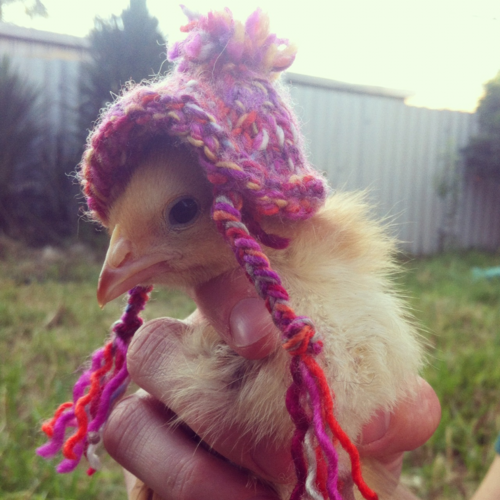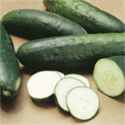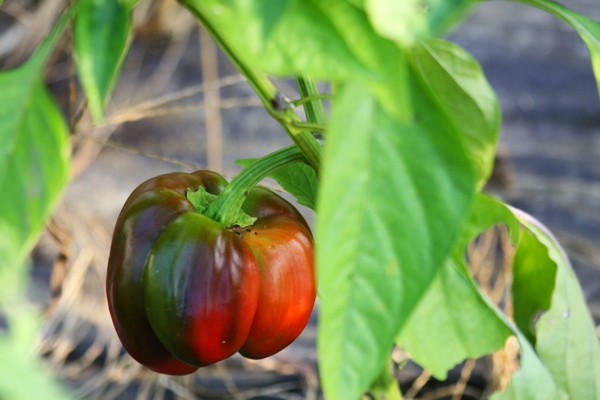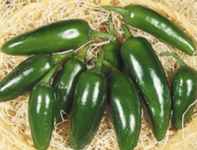More Money Saving Tips for Homesteaders
We have so many tips to share we had to split them up. Here are more money saving tips for homesteaders. Last week’s tips are here.
- Write down every penny you spend for three months. You’ll probably spot money trickling away that you weren’t aware of.
- Stop using paper towels. For what you’d spend on an 8 pack of paper towels you can buy four or five cotton dish towels. We have packages of 100 and 250 dairy towels for less than a dollar each. You can split an order with friends. Use, wash and reuse these towels for cleaning time after time.
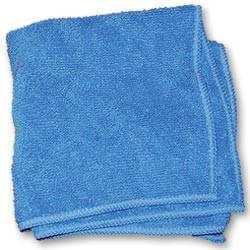
- Speaking of cleaning, use half the detergent called for. Let your laundry soak for an hour if necessary. You can do without fabric softener. A splash of vinegar in the rinse water will help remove the detergent build up that makes clothes stiff and scratchy.
- Make your lunch to take to work. I called McDonald’s this afternoon. A Quarter Pounder with cheese is $3.99. Leftovers make nice lunches.
- Drop your gym membership. Walk, snowshoe, small equipment purchased second hand, the opportunities are numerous.
- Do you need your vehicle? If you already have one vehicle that’s dependable and you’re shopping once a week, can you do without a second vehicle? You might be able to coordinate trips with friends by offering to pay for the gas. If you live in the city or suburb it might be worth a taxi fare to not have to make a vehicle payment, insurance payment, and pay for upkeep. This doesn’t mean you’ll never have a second vehicle again but for now, do you need it?
- Don’t renew your magazine subscriptions. Or, choose your favorite and call the 800 number on the renewal slip. Offer then $10. They’ll probably take your offer. Or send the slip back with a check for $10 and a note making the offer. I’ve done it three times when money was tight and my offer was always accepted.
- Cancel your internet. Use public access at the library. The exception – if you can make more money by having your own account than you spend to have it, keep it.
- Do you have an extra bedroom you can rent out?
- Turn off cable. Read books and play games instead. You can find board and card games at Goodwill and yard sales. You can probably buy at least one brand new board game for the price of your cable bill as a way to get started.
- Do you have a cell phone and a land line? Pick one and disconnect the other. I saved $430.56 a year by disconnecting the land line.
- Can you share wifi with a neighbor?
- Barter for repair work you need. Will your plumber work in exchange for something you have and can spare? I had a couple of minor repairs done for a loaf of homemade bread a week for four weeks and a batch of strawberry jam.
- Pay half of your mortgage every other week. We cut seven years off our mortgage by doing this. Having auto pay take the mortgage payment out of the checking account each payday saved us a quarter of a percent.
- Avoid the deli. Deli meat can be very expensive. $8 a pound for roast turkey breast at the deli vs $1 a pound for turkey roasted at home is a big savings. That extra $10 a week you put aside to stock up is well spent when meat goes on sale. Turkey salad from fresh roasted turkey is much nicer than sliced deli meat.
- Attend free events. You don’t want to be stuck on the homestead all the time. Get out now and then. It will help you dig in and save money by giving you something fun to look forward to.
Do you have tips to add? Leave them in the comments and we’ll move them up to the list.

